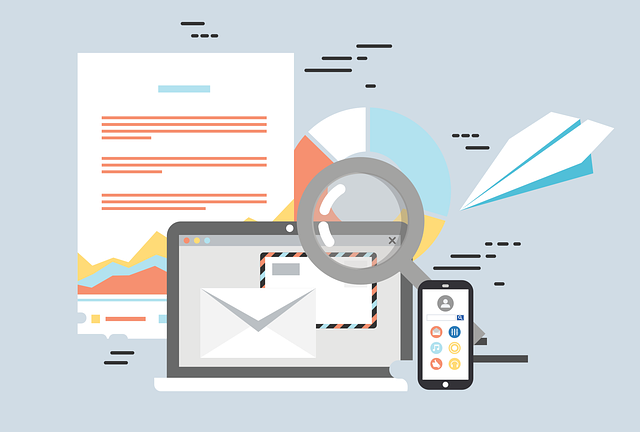Integrating AI coaching systems into vehicle repair workflows offers substantial advantages, such as improved diagnostics, part predictions, inventory management, and step-by-step repair guidance. While initial challenges include costs, data privacy, and job displacement, long-term benefits like increased competitiveness, customer satisfaction, and profitability outweigh these concerns. Effective strategies for incorporating AI involve defining clear goals, identifying repetitive tasks for automation, using high-quality training data with expert annotations, and continuously monitoring AI models as technologies evolve. Recent case studies show significant improvements in repair times and accuracy, proving the transformative power of AI coaching for vehicle repair businesses.
“In today’s digital era, AI coaching is transforming traditional vehicle repair workflows. This article explores the dual aspects of integration—its benefits and challenges—as well as providing practical strategies for optimizing auto repair processes with AI. We delve into successful case studies showcasing how AI coaching enhances efficiency and profitability in various vehicle repair businesses. By understanding both the promise and pitfalls, shops can harness AI’s potential to elevate their operations.”
- Understanding AI Integration in Vehicle Repair: Benefits and Challenges
- Practical Strategies for Effective AI Coaching in Auto Repair Workflows
- Case Studies: Success Stories of AI Optimization in Vehicle Repair Businesses
Understanding AI Integration in Vehicle Repair: Benefits and Challenges

Integrating AI into vehicle repair workflows offers a myriad of benefits, revolutionizing how auto shops operate. By leveraging machine learning and natural language processing, AI coaching systems can analyze vast amounts of data to optimize diagnostic processes, predict part failures, and streamline inventory management. These intelligent tools can also augment the skills of mechanics by providing step-by-step guidance during complex repairs, reducing errors and improving efficiency.
However, embracing AI in vehicle repair is not without challenges. Shop owners must address concerns around initial implementation costs, data privacy, and the potential for job displacement among employees. Additionally, ensuring that AI systems align with industry standards and regulatory requirements is crucial. Despite these hurdles, the long-term gains from AI coaching can significantly enhance competitiveness, customer satisfaction, and overall profitability for vehicle repair businesses in today’s digital era.
Practical Strategies for Effective AI Coaching in Auto Repair Workflows

Incorporating AI coaching into vehicle repair workflows can significantly enhance efficiency and accuracy, but it requires a strategic approach to ensure optimal results. Practical strategies for effective AI coaching involve initially defining clear goals and objectives aligned with the specific needs of auto repair businesses. This includes identifying repetitive tasks that can be automated or improved using AI, such as diagnostic support, parts identification, and labor estimation.
Training data plays a crucial role in AI coaching success. High-quality, diverse datasets reflecting real-world scenarios are essential to teach AI models accurately. Engaging experienced technicians to contribute their expertise by annotating data points can enhance the accuracy and reliability of AI systems over time. Continuous monitoring and feedback loops are also necessary; regular assessments and adjustments ensure that the AI remains effective as vehicle repair technologies and methodologies evolve.
Case Studies: Success Stories of AI Optimization in Vehicle Repair Businesses

In recent years, several vehicle repair businesses have harnessed the power of AI to optimize their workflows and achieve remarkable results. These case studies demonstrate the transformative potential of AI coaching for vehicle repair businesses. For instance, one leading automotive service center implemented an AI-driven diagnostic system that reduced repair time by 30% while enhancing accuracy rates to near perfection. The system’s ability to analyze vast amounts of data and identify patterns led to more efficient parts ordering and inventory management, significantly cutting operational costs.
Another success story involves a network of independent garages adopting AI for predictive maintenance. By leveraging machine learning algorithms, they could anticipate equipment failures before they occurred, minimizing unplanned downtime and maintenance costs. This proactive approach not only improved overall shop productivity but also fostered a culture of data-driven decision-making among the garage owners. These real-world examples underscore the significant advantages that AI optimization strategies can bring to vehicle repair businesses, promising increased efficiency, reduced costs, and enhanced customer satisfaction.
The integration of AI coaching in vehicle repair workflows offers significant benefits, from enhanced efficiency and accuracy to improved customer satisfaction. By leveraging machine learning algorithms and natural language processing, auto repair businesses can streamline their operations, reduce labor costs, and provide faster turnaround times. As seen in various case studies, successful AI optimization strategies have revolutionized the industry, setting new standards for excellence. Embracing these innovative approaches can empower vehicle repair businesses to stay competitive and meet the evolving demands of modern automotive care.
